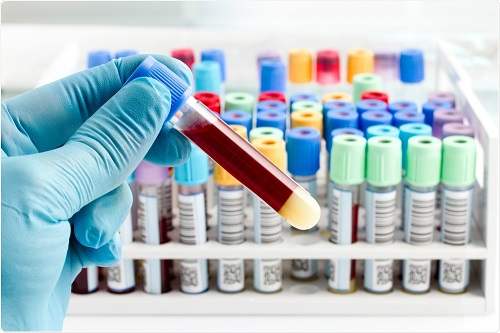Applying a Proteomics-based Approach to the Clinic

News-Medical spoke to Professor Matthias Mann about his work in the field of proteomics, and why applying proteomics-based technologies such as timsTOF to the clinic could accelerate the diagnosis and prediction of human disease.
What first attracted you to the field of proteomics?
I came from the mass spectrometry field before proteomics even existed. When proteomics came along, many people were focusing on the shape of 2D gels, but this didn’t interest me. Instead, the simultaneous analysis of many components in a cell and the systems biology aspects of shotgun proteomics appealed to me.
What sparked your interest in fundamental research while working in John Fenn’s lab?
I am educated as a physicist and a mathematician originally and started working with John Fenn on electrospray. I then followed the electrospray downstream, from characterizing single proteins to protein complexes, and then increasingly complex assemblies to whole cells, which I analyze today.
Following this, I began working on understanding how to create the ions, to how they can be measured, and then to increasing separation and speed to keep up with the complexity.





















